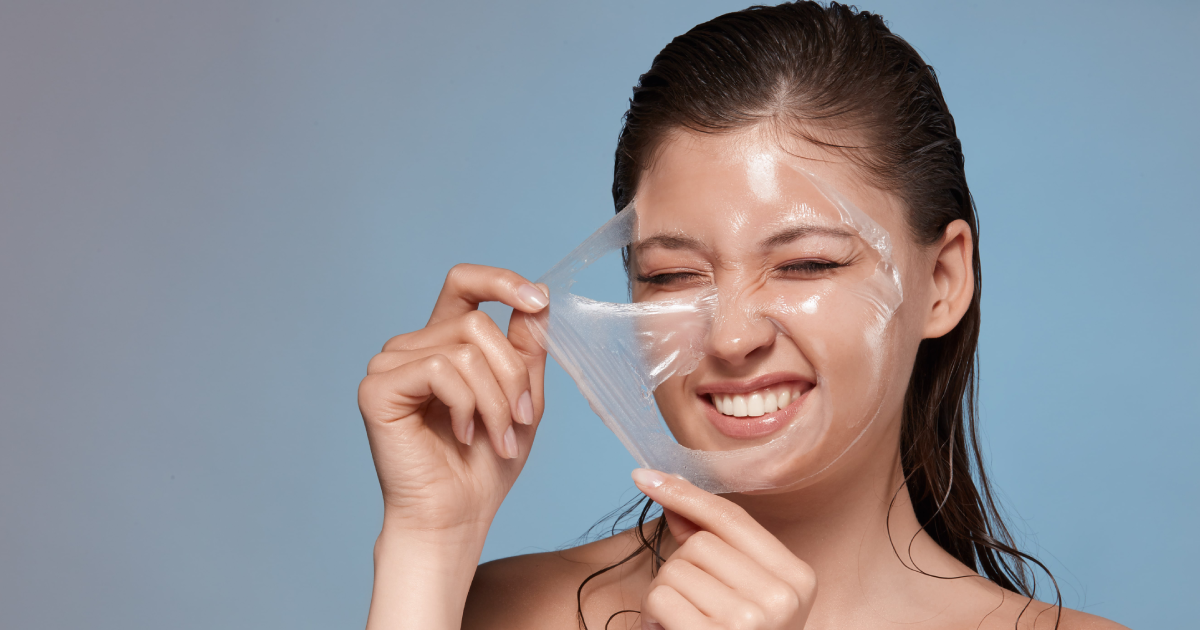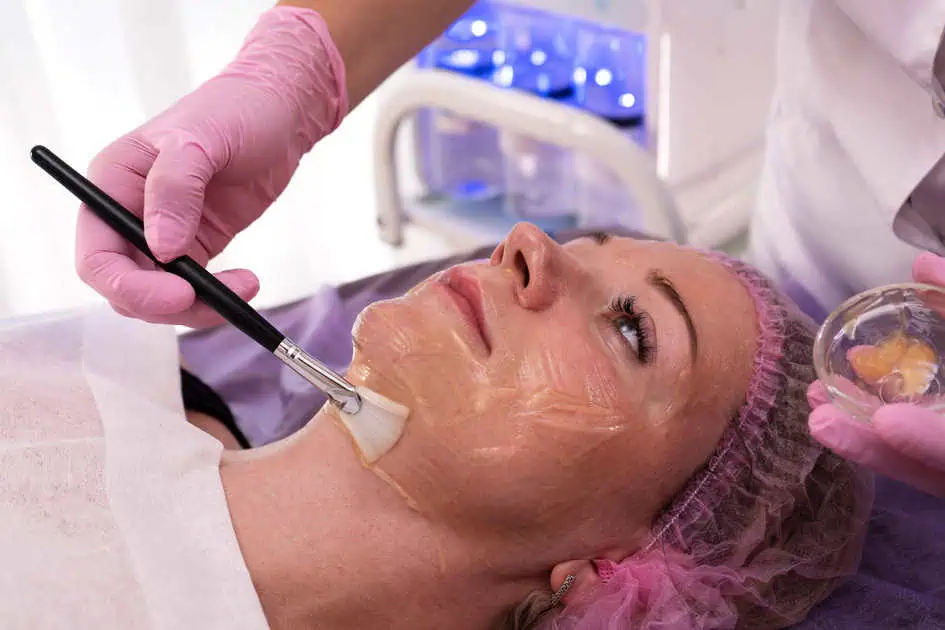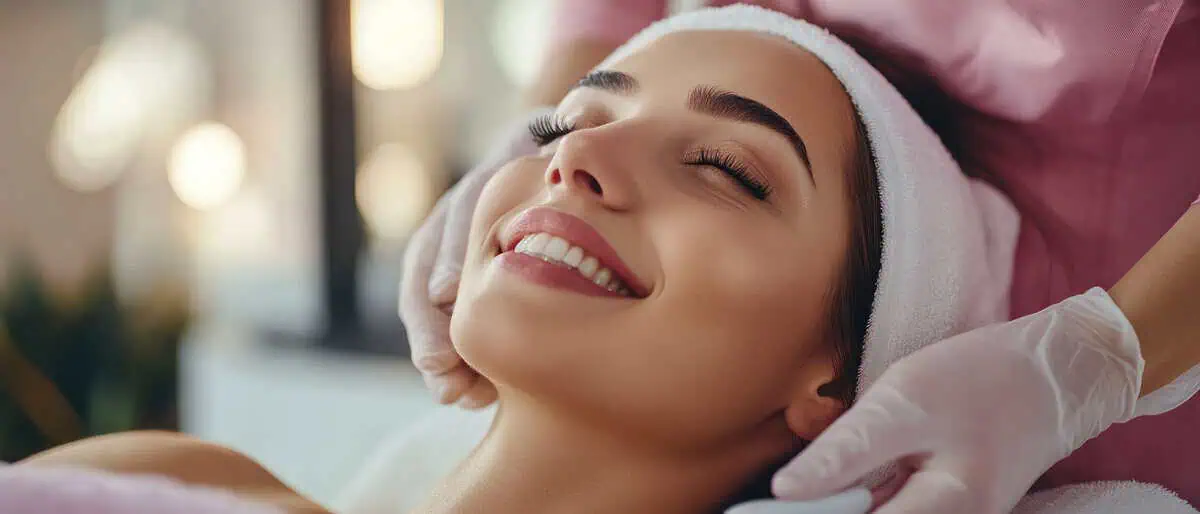In the ever-evolving landscape of medical and cosmetic procedures, CO2 lasers have emerged as a groundbreaking technology, extending their applications beyond traditional facial resurfacing. This article explores the diverse uses of CO2 lasers, showcasing their versatility in various medical and aesthetic domains.
Understanding CO2 Lasers
CO2 lasers, short for Carbon Dioxide lasers, have long been synonymous with facial skin rejuvenation. These lasers work by delivering concentrated beams of light that vaporize the outer layers of skin, stimulating collagen production and promoting a smoother complexion.
Beyond Facial Resurfacing
1. Scar Revision
CO2 lasers excel in minimizing the appearance of scars, including surgical scars and acne scars. The precise nature of the laser allows for targeted treatment, promoting tissue regeneration and reducing scar visibility.
2. Stretch Mark Reduction
Stretch marks, often a concern for many, can be effectively addressed with CO2 laser therapy. By stimulating collagen in the affected areas, these lasers contribute to the fading of stretch marks, restoring skin elasticity.
Medical Applications
1. Dermatological Surgeries
CO2 lasers find extensive use in dermatological surgeries. Their precision and ability to control tissue depth make them invaluable tools for procedures like mole removal, wart excision, and even certain skin cancer treatments.
2. Gynecological Procedures
In gynecology, CO2 lasers have proven beneficial for various treatments, including vaginal rejuvenation. The controlled thermal energy promotes tissue tightening, addressing concerns related to laxity and incontinence.
Aesthetic Enhancements
1. Non-Surgical Facelifts
Traditionally, facelifts were associated with surgery, but CO2 lasers have introduced non-surgical alternatives. The laser’s ability to tighten skin and stimulate collagen provides a rejuvenated and lifted appearance without the need for invasive procedures.
2. Hand Rejuvenation
Hands are often a telltale sign of aging, and CO2 lasers offer a solution for hand rejuvenation. By minimizing age spots, wrinkles, and promoting collagen production, these lasers contribute to more youthful-looking hands.
Safety and Considerations
While CO2 lasers offer numerous benefits, it’s crucial to address safety and considerations. Always consult with a qualified medical professional to determine suitability and potential risks associated with laser treatments. Factors such as skin type, medical history, and specific conditions should be thoroughly evaluated.
Conclusion
In conclusion, the versatility of CO2 lasers extends far beyond their initial association with facial resurfacing. From scar revision to gynecological procedures, these lasers have become indispensable in the realms of medicine and aesthetics. Embracing innovation, CO2 lasers continue to redefine the possibilities for non-invasive treatments, providing patients with effective and transformative solutions.






